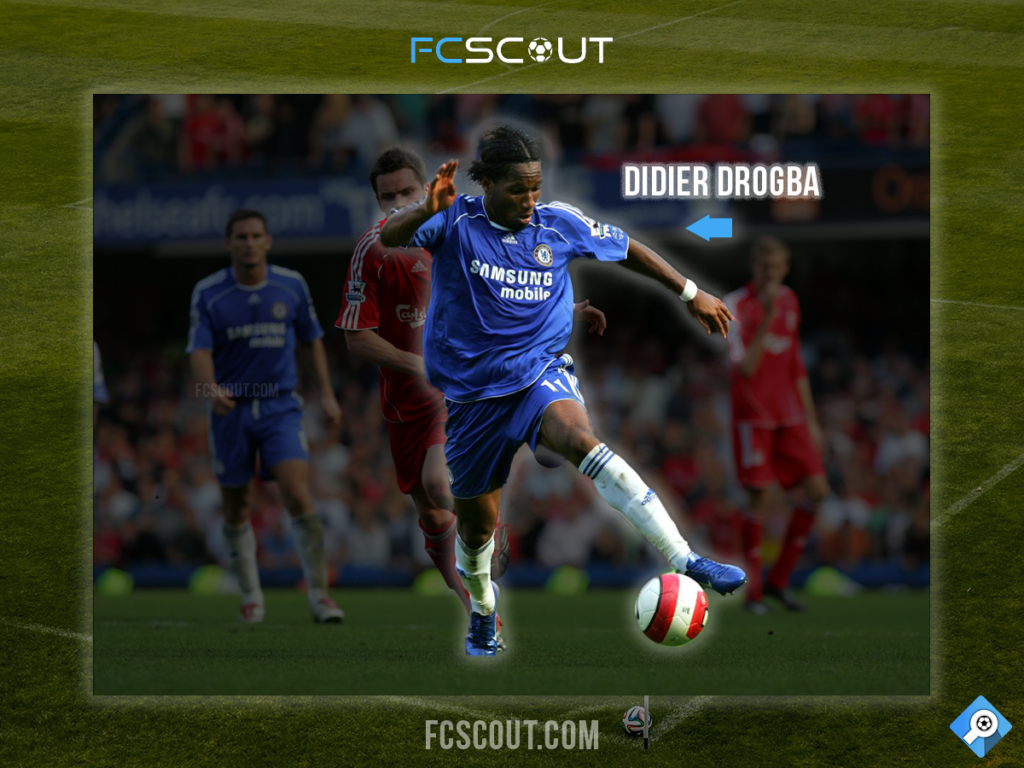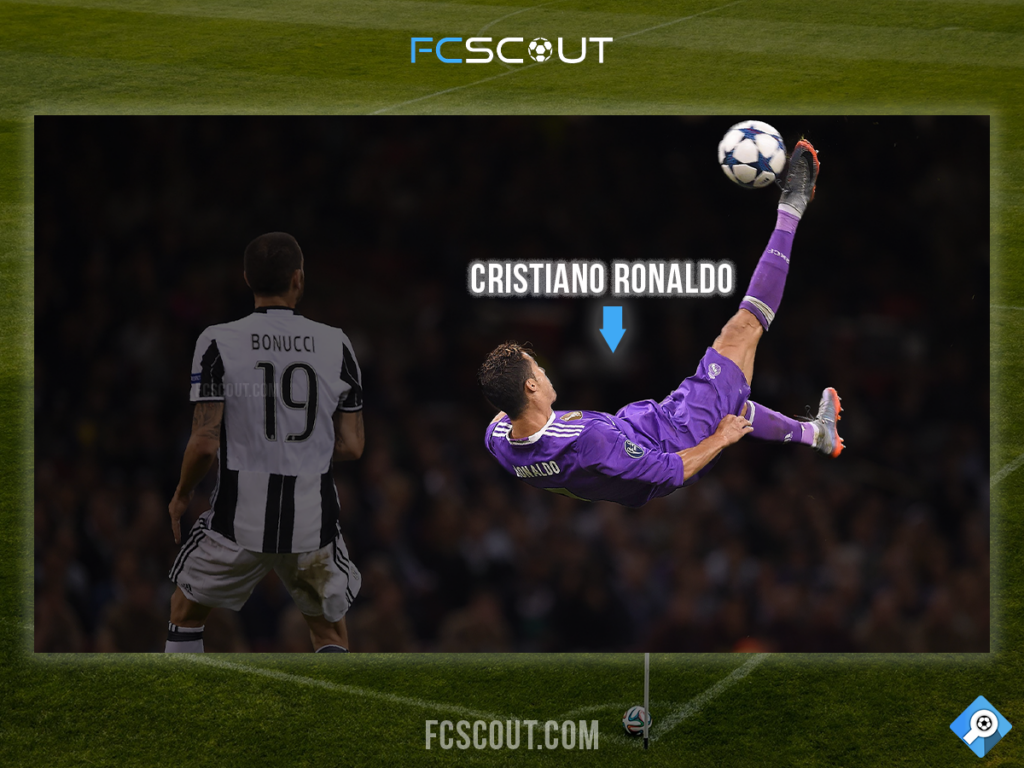What is a Striker in soccer?
Hey, soccer fans! So, you know how soccer is the best sport in the world? Well, today we’re gonna talk about one of the most exciting positions on the field – the striker. If you’re a soccer fan like us, then you know that the striker is the player responsible for scoring all the goals. In this article by fcscout.com, we’ll talk about the history of strikers, their characteristics and responsibilities, the different types of strikers, and some of the most famous strikers in soccer history.

The History of Strikers in Soccer
Back in the day, soccer didn’t have any specific positions – players just ran around and kicked the ball. But as the sport became more organized, teams started to develop certain formations and positions. The position of striker emerged in the early 20th century, with teams using center-forwards as their main goal scorers.
Over time, the role of the striker has changed and evolved. In the 1950s and 1960s, the position of inside forward became popular, which required players to be more versatile and participate in both attacking and defensive phases of the game. Later on, the false nine position emerged, which required players to drop deep and participate in the build-up play.
Characteristics and Responsibilities of a Striker
Okay, so now let’s talk about what makes a good striker. First and foremost, a striker needs to be able to score goals. This means having good technique, accuracy, and the ability to read the game and anticipate opportunities. But scoring goals isn’t the only thing that a striker has to do.
A good striker also needs to have a good understanding of the game and be able to position themselves in a way that maximizes their chances of scoring. They need to be constantly on the move, looking for opportunities to create chances or score goals. This requires a high level of fitness and the ability to run for long periods of time.

In addition to scoring goals, a striker also needs to be able to work with their teammates. This means creating chances for themselves and others, and being able to communicate effectively with their teammates. And even though their primary job is to score goals, strikers also have a role to play in the defensive phase of the game, pressuring the opposing defense and helping to win back possession.
Types of Strikers
Now, there are a few different types of strikers that you might see on the field. The first type is the target man. This type of striker is typically tall and physically imposing, and they are used to hold up the ball and bring other players into the game. They’re great at winning headers and creating chances for their teammates.
The second type of striker is the poacher. This type of striker is a natural finisher who always seems to be in the right place at the right time. They’re adept at scoring from close range and have a knack for finding the back of the net.

The third type of striker is the false nine. This type of striker plays deeper and is used to create space for other players. They’re typically technically gifted and have good passing and dribbling ability.
And finally, there’s the complete forward. This type of striker is well-rounded and can contribute in all areas of the game. They have good goal-scoring ability, are effective at holding up the ball, and can create chances for themselves and others.
Famous Strikers in Soccer History
Okay, now let’s talk about some of the most famous strikers in soccer history. First up, we’ve got Pelé. Widely considered to be one of the greatest players of all time, Pelé scored over 1000 career goals and helped lead Brazil to three World Cup victories.
Next, there’s Lionel Messi. A modern-day superstar, Messi has won numerous awards and accolades for his goal-scoring ability and skill on the ball. And of course, we can’t forget about Cristiano Ronaldo, another modern legend who has won numerous trophies and has scored over 700 career goals.

There’s also Diego Maradona, who’s best known for his performance in the 1986 World Cup, where he scored one of the most famous goals in soccer history. And finally, there’s Gerd Muller, a prolific goal-scorer who scored 68 goals in 62 appearances for the German national team and helped lead them to victory in the 1974 World Cup.
- Pelé
- Lionel Messi
- Cristiano Ronaldo
- Diego Maradona
- Gerd Muller
- Ferenc Puskás
- Eusébio
- Romário
- Marco van Basten
- Ronaldo
- Thierry Henry
- Gabriel Batistuta
- Alfredo Di Stefano
- Miroslav Klose
- Samuel Eto’o
- George Best
- Dennis Bergkamp
- Zlatan Ibrahimović
- Hugo Sánchez
- Gary Lineker
The Future of Strikers in Soccer
So, what does the future hold for strikers in soccer? Well, as the game continues to evolve, we’re seeing more and more versatile players who can contribute in multiple areas of the game. This means that the role of the striker is changing, with players expected to be able to participate in both attacking and defensive phases of the game.
In the future, we may see more hybrid formations that require players to move seamlessly between attacking and defensive positions. And as new technologies and training methods are developed, we may see strikers become even more skilled and versatile.
Conclusion
So, there you have it – a quick rundown on what a striker is in soccer. As we’ve seen, the striker position is all about scoring goals, but it’s also about being a team player and contributing to both attacking and defensive phases of the game. Whether you’re a fan of Pelé or Messi, or you’re just getting into soccer, understanding the role of the striker is an important part of appreciating the game. So, get out there and start practicing your goal-scoring skills – who knows, you might just be the next great striker!
EXPLORE MORE CLUBS!
Explore more professional clubs by continent.






